Whenever he could, Philip V avoided the Fortress by the dislike that the building produced in him, preferring the Palace or the palaces of the aristocracy.
During the War of Spanish Succession, he remained in the Villa for only a short time, uncomfortable, dirty and in one of its lower moments. Disregarding the residences of the nobility and the convents and churches, little interest, the urban center was anything but exemplary.
The streets of Madrid were steep, full of holes, smelly, filled with unemployed armed people, servants without house to which to serve, hungry loafers, markets badly supplied, food staple shortages...
An observer wrote: "The Madrilenians have learned the style of the moles. Most of their houses are not much more than dirt, like molehills a single floor. In those constructed, the mule that carried bricks has as much part in the glory as the architect".
With the end of the war, the panorama does not vary outwardly. Mesoneros Romanos (1803 - 1882) gathers a commentary during the reign of Ferdinand IV that states... "Madrid is the dirtiest Court of Europe". An anonymous storyteller said that... "King Charles III knew that he approached Madrid by the environmental pestilence".
The capital, in the middle of the 18th century, is very similar to the one of Philip IV. The fence or mud wall raised by this monarch in 1625 remains erect, restricting the urban growth and promoting speculation. It is at this time, they begin to build apartment houses stacking the neighborhoods and changing Madrilenian humor and mood, until then very jumpy to any noise.
The parceling and price of the building lots reach incredible levels. The land price per foot around Plaza Mayor is 88 Reales (Silver coins), 12 in the Puerta del Sol, 4 in Alcala Street, 5 in Atocha Street, 4 in San Bernardo and 1.5 in the outskirts of Alcala, Atocha, Segovia or Toledo Gates.
When vigorously following the "privilege of lodging", the large houses were obliged to provide accommodations to civil servants or soldiers in the upper floors, although the service could be replaced by a monetary amount.
The "houses to wickedness" proliferated as much that they constituted two-thirds part of the city, counting whereupon the remaining third included convents, monasteries, churches, hospitals, and noble mansions.
Urbanization remained unknown. Uneven streets, shapeless and deformed city blocks, dirty and peeled facades, very small squares, without paving stones nor sewer system and much less drains.
Trash and garbage were thrown from the windows, breaching the laws or decrees. The avenues were muckheaps only cleaned when it rained and the water drained the debris.
The public lighting system was a laugh, because of the amount of concentrated candles lit seemed proper only for an image or street Christ, and only a few points of light of the palaces. No one put luminaries in the windows to save wax.
The nocturnal corteges used big candles that were extinguished buckets at the entrance of the houses, to avoid the blackening of the inner walls and danger of fire. The public fountains, few, had almost no water pressure.
The markets are sheds of drawers and logs around the Plaza Mayor, La Cebada, Antón Martín and the San Luis network, in addition to street stalls scattered throughout the city, that sell of everything, except the food staples - bread, meat or fish -, sold in government stores, that imply considerable travel and the payment of excise taxes.
Personal insecurity is astonishing. To go out at night means to do it armed and in company. The aristocracy, carried hand chairs, had escorts opening the way to repel the thieves and the penniless, who lurked in the shadows.
The military governor of Madrid, count of Maceda, who introduced dignity founded by king Philip V, complained of the nocturnal darkness that favored robbery, murder, as well as lewdness as there was in the Court. Adding, at sunset, there is no way to distinguish it from a vulgar village, unlike other European cities, abounding in lights.
There was no shortage of rational, because as he well stated, "it is a shame that by our negligence, the sovereign inhabits the dirtiest town of this country". Nevertheless, Madrid is no different from London or Rome in thieves, beggars, and street stench.
Even doctors defend the garbage accumulation saying that... "The air of Madrid is so "pure", it is necessary to filter it with trash".
The outer accesses were another ordeal. Mesonero Romanos describes them as "work of truly heroic spirits" by its danger and bad planning. The hills that lead to Palace, then in construction, those of the Vega, Vistillas or the bridge of Toledo, are only accessible by spirited people in good physical form.
The exit by Atocha was not any better, by bad condition of the paving and the Paseo del Prado was a polluted stream, full of excrements and garbage. The neighborhoods of the hospitals were a catalogue of rotting carrion and the route to the church of Atocha was almost impassable, on foot or horse, by the rubble.
The stone paved streets were as bad as those that were not paved - about 50% - by the custom to place the stones pointed end up, to eliminate wear and tear. They were neither dressed nor linked, and it was enough to travel, least everyone does, many people fell and vehicles overturned.
To the abundance of carts, carriages, mules, hand carried chairs and burdened people add herds of swine of the convent of San Antonio Abad, that freely fed in the streets on the Court, thanks to a royal privilege ratified several times by the High Court and the Justices Tribunal, in spite of the rejection of the neighbors.
The dogs were a plague. Uncontrolled packs that chased the pigs that scared the beasts of burden causing accidents and raising the protest of the ecclesiastical hierarchy, because they procreated in public with the consequent offense to morality.
In the days of King Ferdinand VI, people were required to pile up the garbage at the street doors instead of throwing it to the street. But no more was obtained than to merge the stinking and unhealthy centers in certain areas, awaiting that once a week, be removed by the farmers who came to sell their merchandise in Madrid. Other things, little changes until 19th century.
The noise of children playing dreas and throwing stones, the farm animals - goats, hens or turkeys - mixing freely, the neighbors blocking passage when forming summers social gatherings in the middle of the street and igniting the brazier or roasting chestnuts in winter, the fights for a bowl of soup at the door of asylums and hospitals, and mainly, the galloping misery, that didn't matter to anyone, but was the main comment of the citizen life.
2.
3.
5.
6.
7.








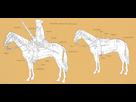
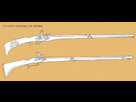

 Reply With Quote
Reply With Quote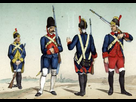
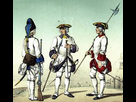
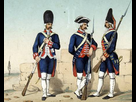
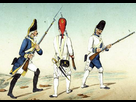
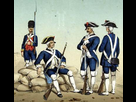
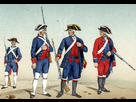
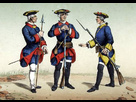 2.
2.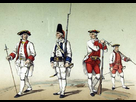
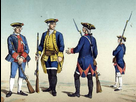

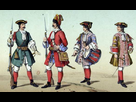
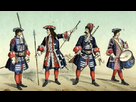

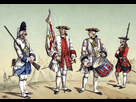



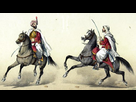

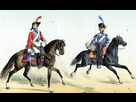

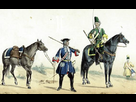
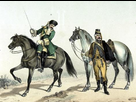
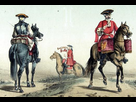
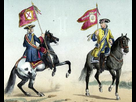
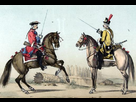
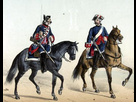
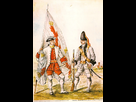

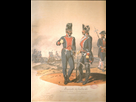

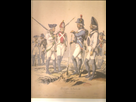
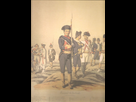
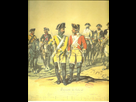

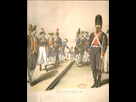


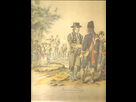

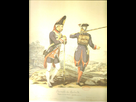
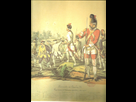
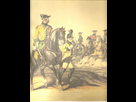
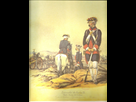
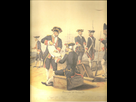
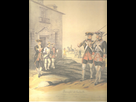
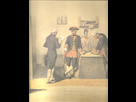
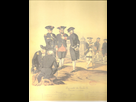
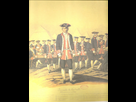
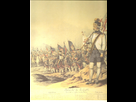


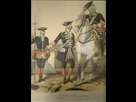
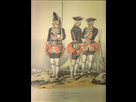
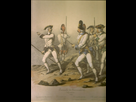


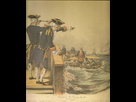

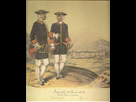

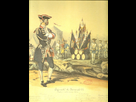


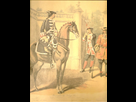
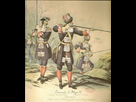
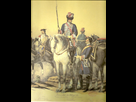
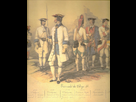
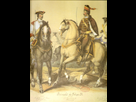
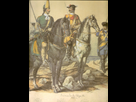

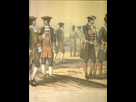

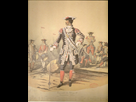
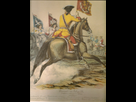


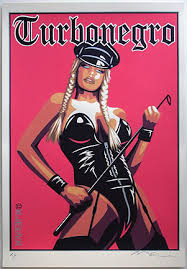
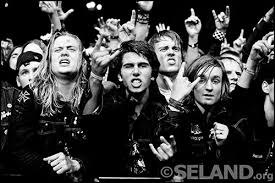
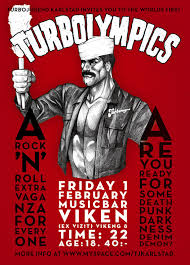

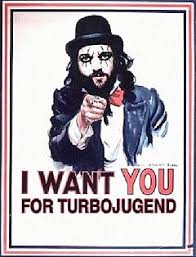




 The head magistrate of the City, Marquis of Vadillo, looked for the help and the advice of Pedro Ribera, to carry out a project of modernization of Madrid.
The head magistrate of the City, Marquis of Vadillo, looked for the help and the advice of Pedro Ribera, to carry out a project of modernization of Madrid.
























